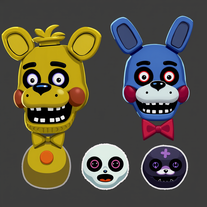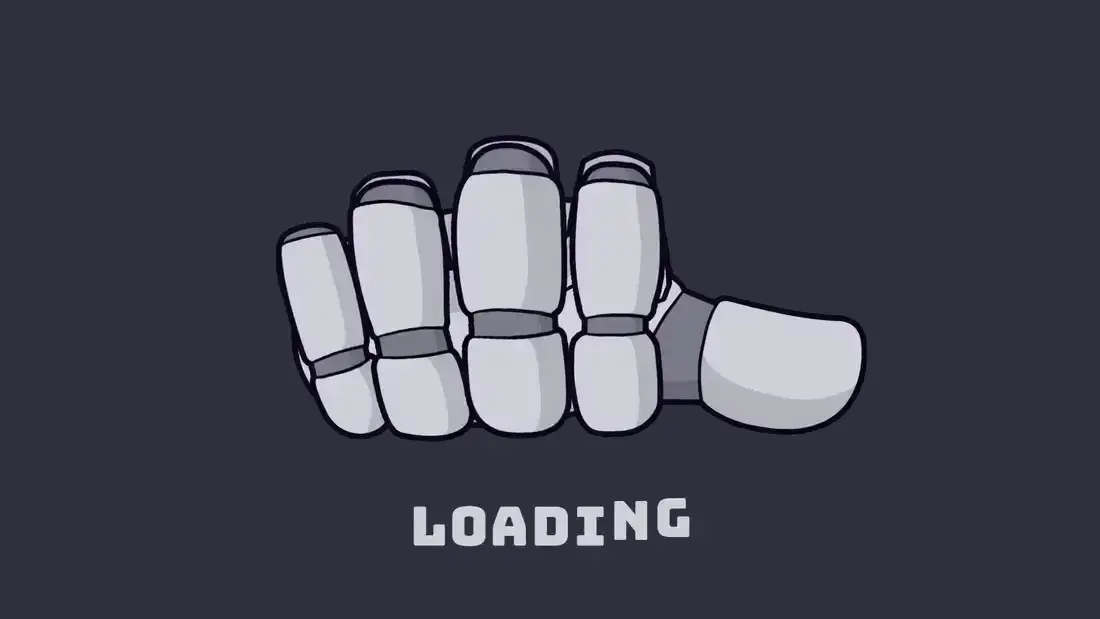▼ Latest
Fnirs data
Free mode
100% free
Freemium
Free Trial
Other tools
-
1253Released 10d ago100% Freemax casu🛠️ 236 tools 🙏 9,681 karmaOct 12, 2025Changed the prompt to improve results.
-
2102930Released 8mo ago100% Free
-
 Open2076Released 4mo ago100% Free
Open2076Released 4mo ago100% Free -
 Create mesmerizing digital masterpieces from any subject.Open22126Released 4mo ago100% Free
Create mesmerizing digital masterpieces from any subject.Open22126Released 4mo ago100% Free - Spotlight: Support Flow (Business)
-
 Instantly generate reliable, up-to-date insights on diverse topics.Open1262433Released 11mo ago100% Free
Instantly generate reliable, up-to-date insights on diverse topics.Open1262433Released 11mo ago100% Free -
751415Released 8mo ago100% Free
-
 Transform any image into authentic night vision footage.Open2685Released 10d ago100% Free
Transform any image into authentic night vision footage.Open2685Released 10d ago100% Free -
 AI-powered templates for efficient paranormal investigations.Open142913Released 1y ago100% Free
AI-powered templates for efficient paranormal investigations.Open142913Released 1y ago100% Free -
943023Released 2mo ago100% FreePretty handy, not always helpful since sometimes notes are not in a simple text format, but it does the job
-
 Generate creepy FNAF-inspired animatronic designs.Open1711332Released 10mo ago100% Free
Generate creepy FNAF-inspired animatronic designs.Open1711332Released 10mo ago100% Free -
 Open431613Released 2mo ago100% Free
Open431613Released 2mo ago100% Free -
 AI-powered interior design at your fingertips.Open1825954Released 8mo ago100% Free
AI-powered interior design at your fingertips.Open1825954Released 8mo ago100% Free - Didn't find the AI you were looking for?
-
20119Released 4mo ago100% Free
-
13675Released 5mo ago100% FreeArtist Tips for Better Results with Somnira Canvas: To help Somnira Canvas render the most compelling and emotionally resonant figures—whether human or animal—users are encouraged to guide the tool with poetic, suggestive phrasing rather than highly technical descriptions. This helps maintain harmony with the platform’s expressive strengths. For human figures, try emotion-based posture phrases like “curled in sorrow,” “reaching toward a fading light,” or “kneeling in wind.” Favor mood-based modifiers over anatomical specifics, such as “a silhouette bathed in dusk” or “a quiet figure in motion blur.” For animals, use mythic or metaphorical phrasing like “a fox made of stars,” “a deer outlined in frost,” or “a lion woven from dusk and gold.” Avoid strict biological realism unless intentionally stylized (e.g., “cubist owl,” “ink-drawn heron”). Best practices include specifying camera perspective or body angle with terms like “3/4 view,” “top-down shot,” or “over-the-shoulder,” and adding atmospheric cues such as “drifting in chalk mist,” “outlined by candlelight,” or “carved in shadow.” You can also add emotion-based tags directly into the prompt—words like “longing,” “grief,” “stillness,” or “wonder” will guide the aesthetic and expressive qualities of the final artwork.
-
1264435Released 11mo ago100% Free
Post




